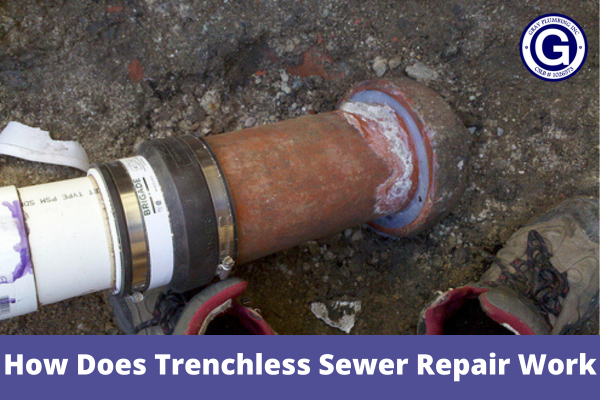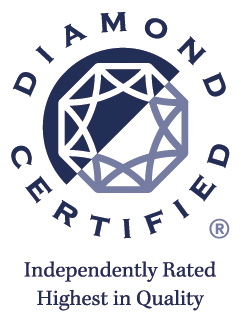A functional sewer system is required to operate any home or commercial property correctly. On the other hand, sewer line troubles may be a nightmare, generating discomfort, property damage, and costly repairs. Traditionally, sewer line repairs required major excavation, inconvenience to the surrounding environment, and high expenditures. Thankfully, trenchless sewer repair has transformed the business, providing a more efficient, cost-effective, and less invasive approach. This blog will look at how trenchless sewer line repair works and its advantages for the underground plumbing industry.
The Process of Trenchless Sewer Repair
Here’s an overview of trenchless sewage repair, a breakthrough approach that has changed how broken sewer lines are repaired.
Inspection and Assessment
The first stage in trenchless sewage repair is a complete sewer line inspection with advanced video camera technology. This inspection assists in determining the location and extent of damage, such as cracks, leaks, root infiltration, or pipe deterioration. The specialist picks the best trenchless repair option based on the assessment.
Pipe Cleaning
Before beginning the repair process, the sewage line is cleaned with high-pressure water jets or mechanical cleaning equipment before starting the repair process. This stage clears the way for repair by removing dirt, sediment, and existing blockages.
Pipe Lining
CIPP lining is the most prevalent trenchless sewer rehabilitation procedure. Inserting a flexible resin-coated tube into the damaged pipe is the procedure. The tube is impregnated with a particular epoxy resin, which hardens and forms a new, structurally sound pipe inside the broken line.
There are two ways to carry out this procedure:
- Inversion Method: A liner is placed and inverted using air or water pressure to ensure equal resin coating.
- Pull-in-Place Method: A resin-saturated liner is mechanically pulled into the damaged pipe, suited for longer or curved portions.
Curing and Reinforcement
Once the liner is in place, the epoxy resin is cured to harden. Depending on the specific resin and manufacturer’s instructions, the curing process may entail using hot water, steam, or ultraviolet (UV) radiation. Curing times can vary but are generally between a few hours to a day. The reinforced liner reinforces and restores functionality by acting as a new, resilient pipe within the damaged pipe.
Final Inspection
After the curing procedure, a final video check ensures the repair is effective. The camera inspects the repaired pipe for abnormalities, leaks, or residual damage. Minor changes can be made if necessary to ensure peak performance.
Can Sewer Pipes Be Repaired Without Digging?
Trenchless sewage repair procedures allow sewer pipes to be repaired without considerable digging. Access to the damaged line is made possible through existing access points such as maintenance holes or cleanouts by the use of specialist equipment and techniques. This removes the need for large-scale excavation, limiting damage to the surrounding region and associated expenses and inconveniences.
Wrap Up
Gray Plumbing takes pride in providing trenchless sewer repair as a cutting-edge solution for underground plumbing issues. With our knowledge of sophisticated procedures, we give our customers efficient, cost-effective, and long-lasting solutions. Our expert technicians minimize landscape disruption while boosting pipe flow capacity, assuring maximum performance. When you choose us, you can rely on our dedication to innovation, prompt repairs, and superior results. With us, you can enjoy the benefits of trenchless sewer repair and a seamless underground plumbing system.



